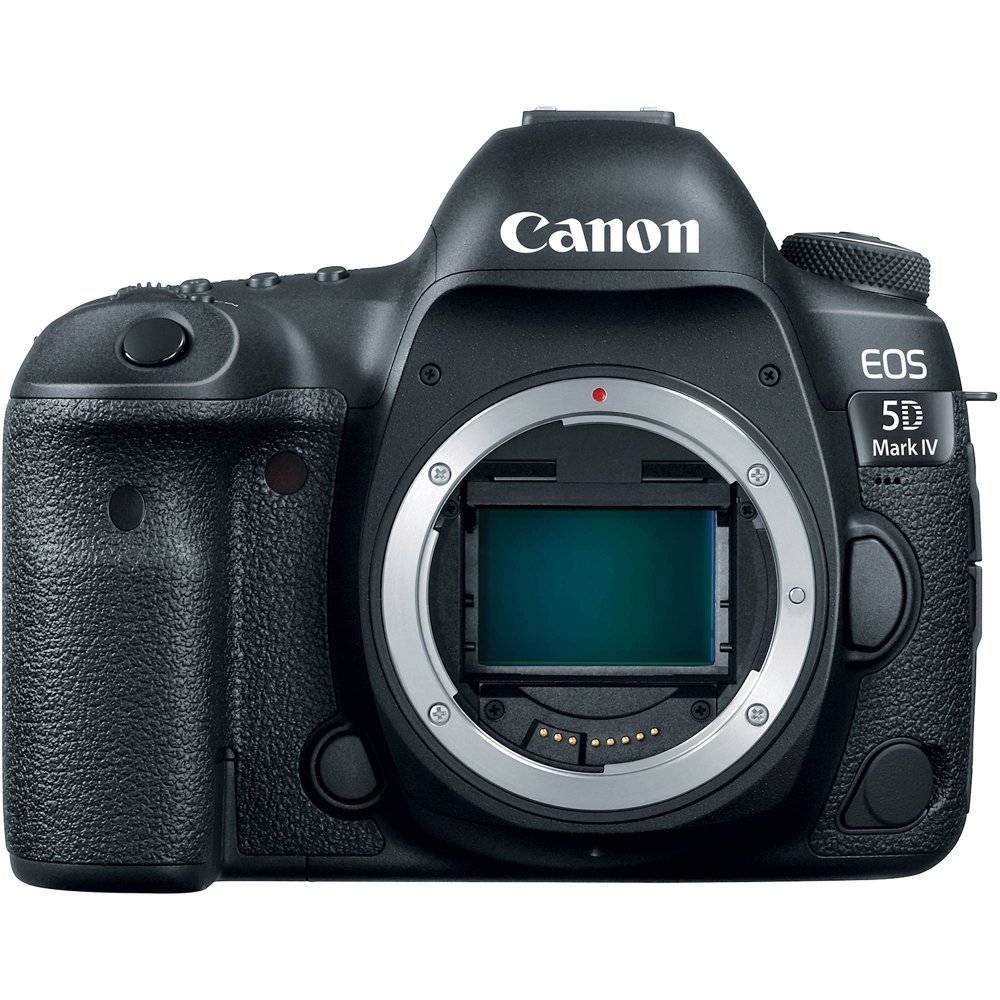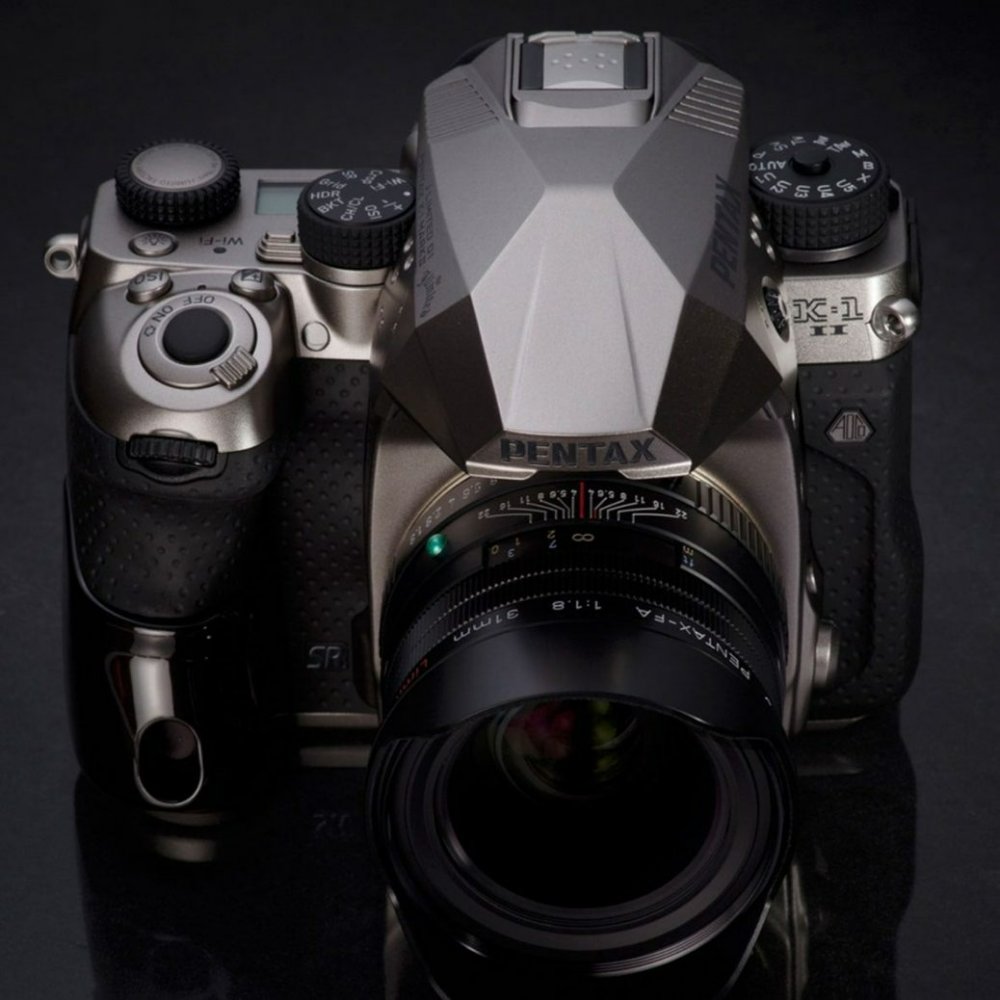In the realm of photography, low-light situations can often challenge even the most seasoned professional. Whether you’re shooting in dimly lit venues, capturing night skies, or simply taking portraits after sunset, having a camera that delivers exceptional low-light performance is vital. The good news is that many SLR digital cameras now boast advanced technologies designed to manage low-light conditions effectively. This article will explore the five best SLR digital cameras that excel in these challenging environments, providing you with insights into their features, benefits, and what sets them apart from the competition.
Understanding Low-Light Performance in SLR Cameras
Low-light performance in SLR digital cameras refers to the camera’s ability to capture quality images in poorly lit conditions. This performance largely hinges on two critical factors: sensor sensitivity (ISO range) and lens quality (aperture). A camera with a larger sensor can collect more light and produce cleaner images at higher ISO settings. Additionally, a lens with a wide aperture (f/2.8 or wider) allows more light to hit the sensor, further enhancing the camera’s capabilities in low-light situations.
When considering low-light performance, don’t overlook the importance of image stabilization systems. These systems minimize the effects of camera shake, which is especially beneficial when shooting at slower shutter speeds. The combination of a high-performance sensor, quality lenses, and effective image stabilization helps ensure that photographers can achieve clear, sharp, and vibrant images even when conditions are far from ideal. Below, we dive deeper into our top picks, showcasing why they are the best SLR digital cameras for low-light performance.

1. Canon EOS 5D Mark IV: The All-Around Performer
The Canon EOS 5D Mark IV stands out as a versatile camera that excels in various conditions. With a full-frame sensor featuring 30.4 megapixels, this camera captures stunning detail while remaining highly responsive in low-light situations. Its ISO range spans from 100 to 32,000, expandable to 50-102,400, making it a strong contender for low-light photography.
One of the highlights of the 5D Mark IV is its Dual Pixel autofocus system, which provides excellent focusing accuracy in challenging light conditions. This system uses phase detection to achieve faster, more precise focusing, giving photographers confidence in dynamic shooting scenarios. The camera also features a wide selection of compatible lenses, allowing users to choose fast primes or versatile zoom lenses tailored for low-light work.
Moreover, the 5D Mark IV boasts advanced image processing capabilities due to its DIGIC 6+ processor. This processor enhances overall performance, including a high burst rate of 7 frames per second, ensuring that photographers can capture fleeting moments even in low-light scenarios. The camera’s impressive weather sealing also adds to its reliability for outdoor shooting, providing durability amid changing conditions.
2. Nikon D850: The High-Resolution Hero
The Nikon D850 is another powerhouse in the realm of digital SLR cameras, renowned for its impressive resolution and exceptional low-light capabilities. Sporting a 45.7-megapixel full-frame sensor, the D850 delivers stunning image quality even in challenging lighting conditions. The expanded ISO performance of 64 to 25,600 (up to 32,000) empowers photographers to work confidently in dim settings.
A crucial feature of the Nikon D850 is its robust autofocus system, equipped with 153 focus points and 99 cross-type sensors. This comprehensive layout ensures accurate focus acquisition across the frame, making it ideal for low-light photography where precision is paramount. Photographers also appreciate the camera’s ability to shoot continuously at a speed of up to 7 frames per second, enabling them to capture action and dynamic scenes effectively.
Besides, the D850 excels in dynamic range, allowing photographers to recover shadow and highlight details during post-processing. This aspect is particularly beneficial in low-light photography, where dynamic lighting conditions often exist. Its weather-sealed body also ensures reliable performance in various environments, making the D850 a truly versatile option for serious photographers who demand high-quality images, regardless of the conditions.

3. Sony Alpha a77 II: The Fast-Focusing Mirrorless Option
Although the Sony Alpha a77 II is an SLR-style camera, it features a translucent mirror design that sets it apart from traditional DSLRs. This design allows for faster autofocus, making it a strong candidate for low-light photography. The camera sports a 24.3-megapixel APS-C sensor, providing excellent image quality, especially when paired with Sony’s E-mount lenses.
One of the standout features of the Alpha a77 II is its 79-point autofocus system, which includes 15 cross-type points for enhanced accuracy. This robust autofocus configuration provides quick and precise focus in challenging light situations, eliminating the frustration of slow focusing that can detract from capturing those perfect low-light images.
The model also supports a wide ISO range of 100 to 25,600, expandable to 50-51,200. Photographers can successfully manage noise at high ISO levels, maintaining image clarity even in dim lighting. Furthermore, its built-in image stabilization drastically reduces the risk of blurriness caused by camera shake when shooting at slower shutter speeds.
This blend of features, along with the camera’s multi-shot noise reduction technology, ensures that the Alpha a77 II excels in low-light environments while maintaining high resolution and fine detail. The camera’s solid battery life and robust construction also make it a dependable choice for extended photography sessions outside.
4. Pentax K-1 Mark II: The Underrated Champion
The Pentax K-1 Mark II is a gem often overlooked in discussions of low-light performance, yet it delivers outstanding results. This full-frame DSLR features a 36.4-megapixel sensor that excels in low-light conditions, capturing incredible detail and dynamic range. Its ISO capabilities range from 100 to 819,200, allowing photographers the flexibility to work in extreme low-light scenarios.
One of the most unique features of the K-1 Mark II is its Pixel Shift Resolution technology. This innovative technique captures multiple images in rapid succession, shifting the sensor slightly between each shot to gather color data for improved detail and clarity. This feature is especially useful for fine art and landscape photographers, allowing them to create images with remarkable depth and dimension—even in limited light.
In addition to its remarkable image quality, the K-1 Mark II features a robust weather-sealed body, granting users the confidence to shoot in various conditions without concern for the elements. The camera also incorporates an advanced 33-point autofocus system that enhances its focus accuracy, particularly in low-light situations. With its blend of high performance, exceptional detail, and durable construction, the Pentax K-1 Mark II stands out among the best SLR digital cameras for low-light photography.

5. Fujifilm X-T3: The Lightweight Contender
Fujifilm’s X-T3 is a compact and lightweight option that surprises many with its low-light capabilities. Designed with a 26.1-megapixel APS-C sensor, the X-T3 performs admirably in various lighting environments, offering an ISO range of 160 to 12,800, expandable to 80 to 51,200. This camera provides beautiful results that maintain sharpness and clarity even at higher ISO settings.
Moreover, the X-T3 utilizes an innovative X-Processor 4, which enables rapid processing speeds and a continuous shooting rate of up to 11 frames per second. This speed ensures photographers can capture the perfect shot, even during fast-moving scenarios in low light. The Fujifilm X-T3 also features a sophisticated autofocus system with 425 phase-detection points, providing consistent focus accuracy even in dim settings.
Fujifilm’s unique film simulation modes offer additional creative options that further enhance the experience of shooting in low light. These modes, tailored to emulate various film types, allow photographers to achieve eye-catching results without extensive post-processing. The X-T3’s compact design, impressive performance, and unique features make it an outstanding choice for those seeking an SLR digital camera that performs admirably in low-light scenarios.
Conclusion: Choose the Right SLR Digital Camera for Your Low-Light Needs
In summary, the ability to handle low-light conditions greatly enhances a photographer’s versatility and creativity. The five SLR digital cameras highlighted—Canon EOS 5D Mark IV, Nikon D850, Sony Alpha a77 II, Pentax K-1 Mark II, and Fujifilm X-T3—are all designed to deliver exceptional performance in these challenging environments.
When selecting the best camera for low-light photography, consider important factors such as sensor size, ISO range, autofocus capabilities, and lens options, as these play a crucial role in determining the camera’s success in dark conditions. Ultimately, your choice will depend on your unique photographic style and preferences. Whether you’re capturing vibrant nightlife, precious family moments, or breathtaking landscapes, investing in any of these exceptional cameras will elevate your photography, even in the darkest of places.